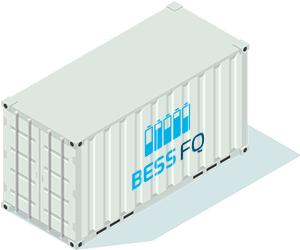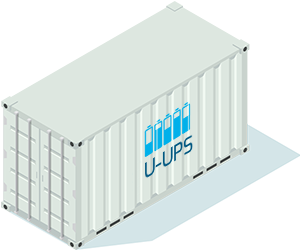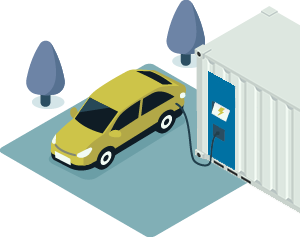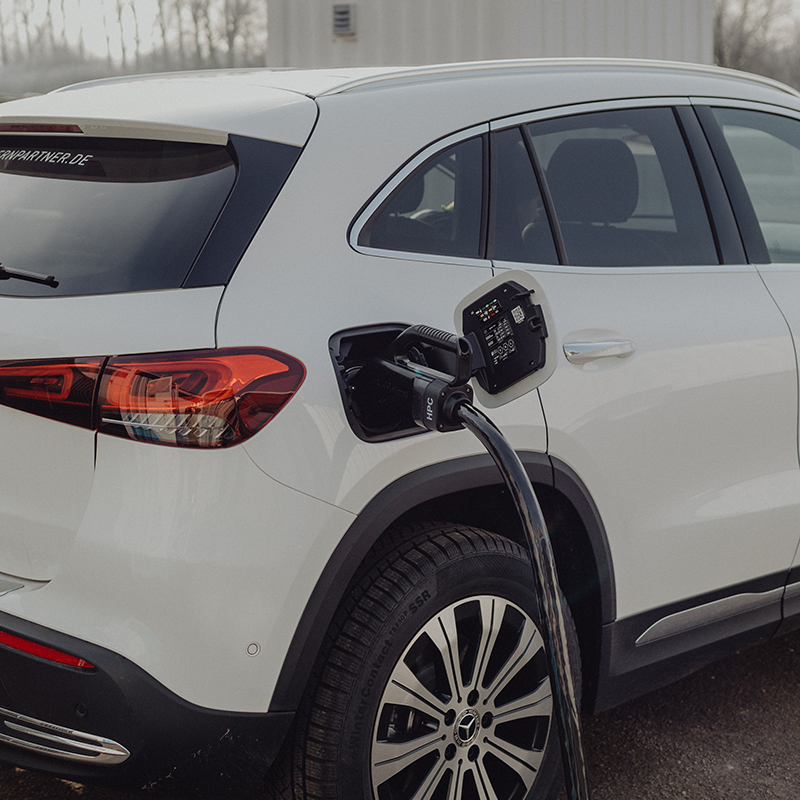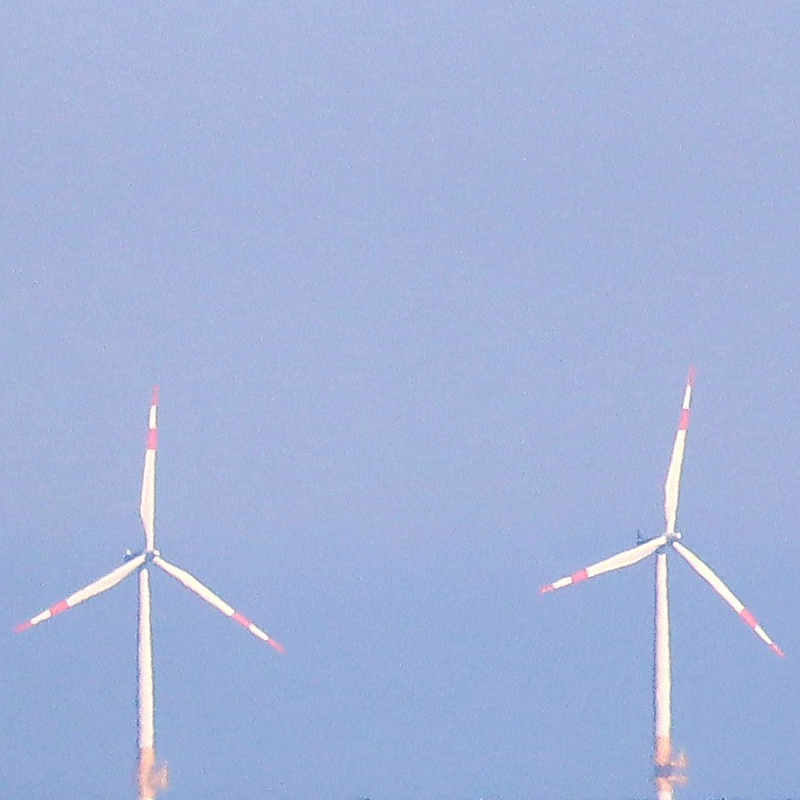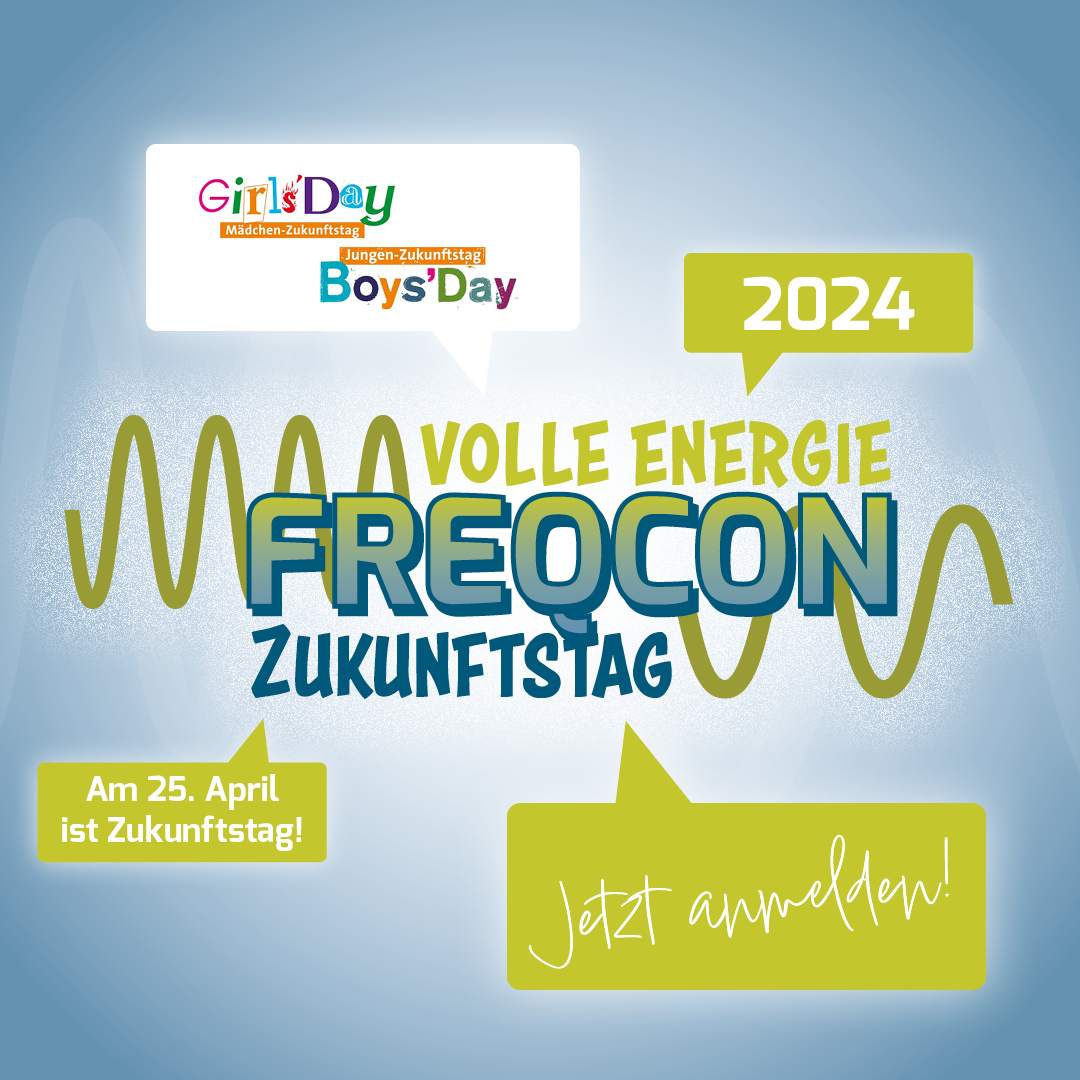FREQCON
German Engineering
to energize the World
Intelligente Lösungen für eine nachhaltige Zukunft.
Freqcon ist einer der führenden deutschen Hersteller von Frequenzumrichtern für erneuerbare Energiesysteme und Anbieter von Energiespeicherlösungen.
123 MWh
Energie
45 GW
Installierte Leistung
65
Projekte
32
Länder
Unsere Schwerpunkte
Unsere Batteriespeicher sind in den unterschiedlichsten Größen erhältlich und dadurch in verschiedenen Branchen integrierbar.
Unser (Hybrid-) Umrichter ist flexibel einsetzbar und kann sowohl fokussiert für eine Stromquelle genutzt werden, als auch in einem Multisource-Rahmen.
Unsere Ultrakondensatoren ermöglichen eine unterbrechungsfreie Stromversorgung und sind dabei besonders reaktionsschnell.
Unsere Fast Charging Station setzt neue Maßstäbe in der E-Mobilität. Sie ermöglicht ein schnelles Laden und kann flexibel eingesetzt werden, wodurch sowohl Stoßzeiten, als auch moderater Andrang optimal gehändelt werden können.
Wir geben jeden Tag alles, für eine sichere Stromversorgung und eine grünere Welt von morgen. Gemeinsam mit und für unsere Partner und Kunden.
Ob Versorgungssicherheit, unterbrechungsfreie Stromversorgung, Primärregelleistung oder Hybridanwendungen: Unser Produktspektrum ermöglicht es. Gern beraten wir Dich ausführlich in einem persönlichen Gespräch mit unseren Experten.
Lerne uns kennen!
Du bist, was Du tust. Deswegen zeigen wir gerne, für welche Probleme wir welche Lösungen haben und wie diese umgesetzt werden können.
Projekte weltweit
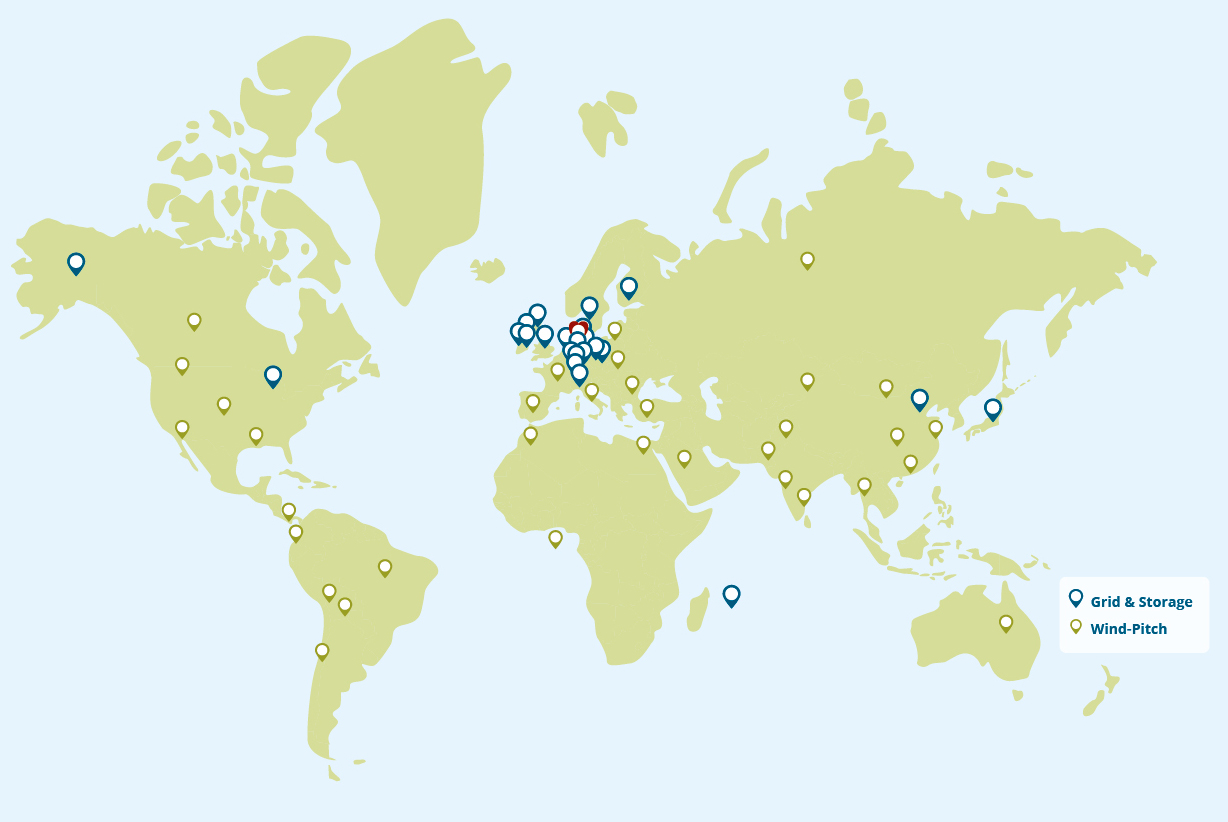
Wer wir sind.
Der privat geführte Familienbetrieb, gegründet 1988, firmiert seit 2005 unter Freqcon GmbH. FREQCON ist ein Pionier der modernen Umrichtertechnologie und hat bereits in den frühen 1990ern die ersten Vollumrichter für Windenergieanlagen auf dem Markt etabliert. Von Freqcon entwickelte und hergestellte Umrichter und Regelungssysteme erlauben eine effiziente und zuverlässige Netzintegration von erneuerbaren Energiequellen, wie Wind, Solar und Energiespeicherlösungen.
Unsere kW bis zu Multi-MW-Systemlösungen werden sowohl für netzverbundene Systeme als auch für Inselnetzsysteme eingesetzt. Neben unseren Standardprodukten, bieten wir auch kundenspezifische Lösungen an.
Freqcon hat einen starken Fokus auf Forschung und Entwicklung und kooperiert mit einer Reihe von Universitäten und Forschungsinstituten national wie auch international, so dass kontinuierlich Technologien und Systeme nach dem neuesten Stand der Technik entwickelt werden.
Über 45 GW der heute installierten Leistung baut auf Produkten und Lösungen auf, die von Freqcon entwickelt und hergestellt wurden.
